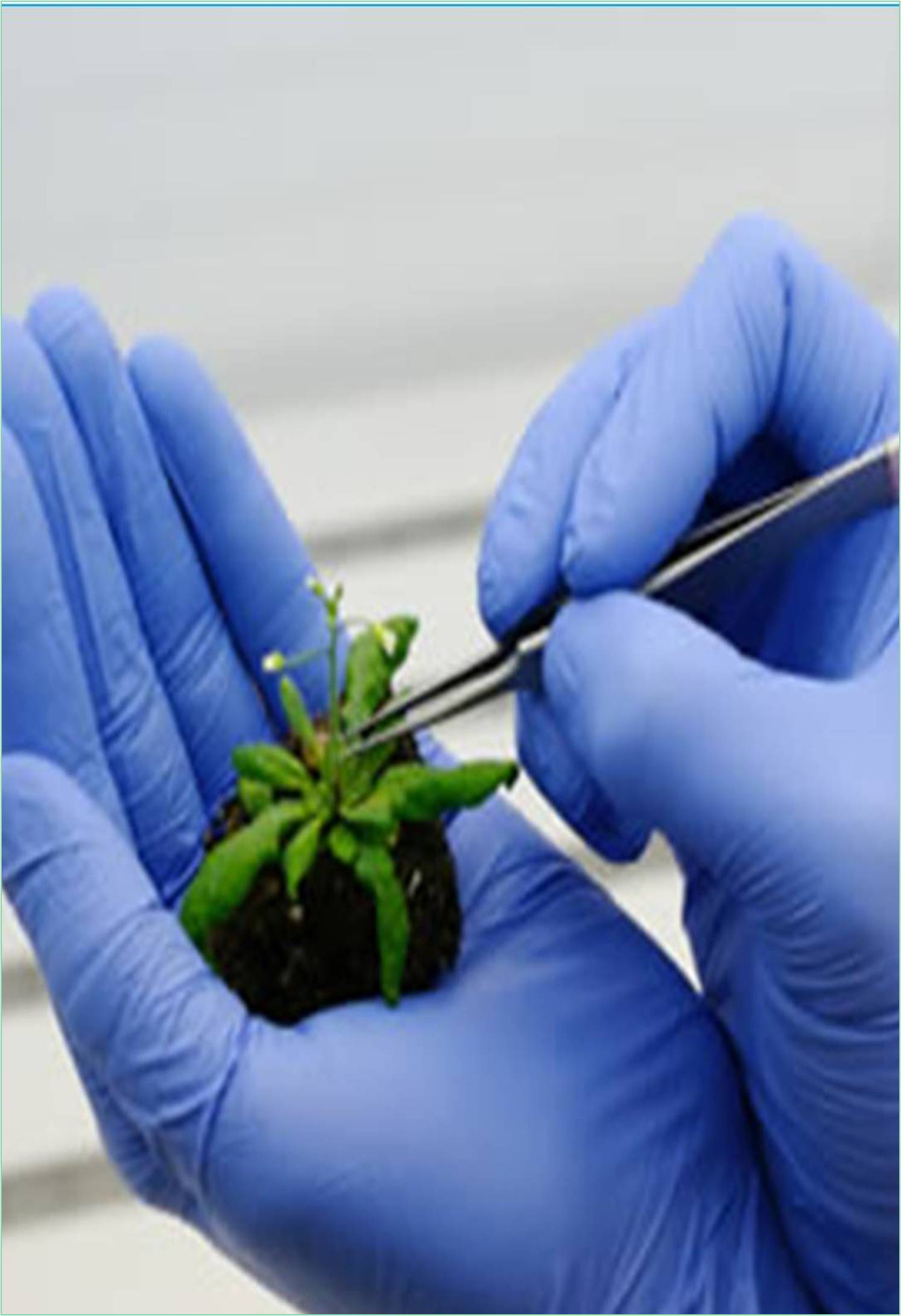



Received: 30-Mar-2022, Manuscript No. GJBB-22-10005; Editor assigned: 01-Apr-2022, Pre QC No. GJBB-22-10005(PQ); Reviewed: 15-Apr-2022, QC No. GJBB-22-10005; Revised: 22-Apr-2022, Manuscript No. GJBB-22-10005(R); Published: 02-May-2022, DOI: 10.15651/GJBB.22.10.38
Plant biochemistry is the study of autotrophic biochemistry such as photosynthesis and other plant-specific biochemical processes. Plant biochemistry provides topics from the cellular level to the ecological and ecological levels and places them in the context of the entire plant.
The chemical elements that make up a plant, mainly carbon, oxygen, hydrogen, nitrogen, phosphorus, and sulphur, are the same as all living things, including animals, fungi, bacteria, and even viruses. Only the details of their individual molecular structures differ. Despite this underlying similarity, plants produce a variety of compounds with unique properties that they use to cope with the environment. Dyes are used by plants to absorb or detect light, and are extracted by humans and used in dyes. Other plants can be used to produce commercially important rubber and biofuels. Perhaps the most important compounds from plants are those with pharmacological activity such as salicylic acid, morphine and digoxin that make aspirin. Pharmaceutical companies spend billions of dollars each year researching plant compounds for potential medicinal properties.
Constituent Elements
Plants need large amounts of nutrients such as carbon and nitrogen to survive. Some nutrients are called macronutrients, and the large prefix macro indicates the required amount, not the size of the nutrient particles themselves. Other nutrients, called micronutrients, are only needed in trace amounts to keep plants healthy. These micronutrients are usually absorbed as ions dissolved in water taken from the soil, but carnivorous plants get some of the micronutrients from their prey.
Pigments
Pigments are one of the most important molecules for plant function. Plant pigments contain different types of molecules, including porphyrins, carotenoids, and anthocyanins. All biological pigments selectively absorb light of a particular wavelength and reflect other wavelengths. The absorbed light can be used by plants to accelerate chemical reactions, but the reflected wavelength of the light determines the colour in which the dye is visible. Chlorophyll is the main pigment in plants. It is a porphyrin that absorbs light of wavelengths of red and blue while reflecting green. It is the presence and relative amount of chlorophyll that gives the plant a green colour. All land plants and green algae have two forms of this pigment, Chlorophyll a and chlorophyll b. Seaweeds, diatoms, and other photosynthetic heterokonts contain chlorophyll c instead of b, and red algae contain chlorophyll a. All chlorophylls serve as the primary means by which plants block light and promote photosynthesis. Carotenoids are red, orange, or yellow tetraterpenoids. They act as accessory pigments in plants and help promote photosynthesis by collecting wavelengths of light that are not easily absorbed by chlorophyll. The most well-known carotenoids are carotene (the orange pigment found in carrots), lutein (the yellow pigment found in fruits and vegetables), and lycopene (the red pigment that causes the colour of tomatoes). Carotenoids have been shown to act as antioxidants and promote healthy human vision.
Signals and Regulators
Plants produce hormones and other growth regulators that show physiological responses within tissues. They also produce photosensitive compounds such as phytochrome that help induce growth or development in response to environmental cues.
Plant Hormones
Plant hormones, known as Plant Growth Regulators (PGRs) or plant hormones are chemicals that regulate plant growth. By the general definition of animals, hormones are local signaling molecules that occur at very low concentrations and cause process changes in target cells elsewhere. Unlike animals, plants lack certain hormone-producing tissues and organs. Plant hormones are often not transported to other parts of the plant and production is not localized. Plant hormones are chemicals that, in small amounts, promote and affect the growth, development, and differentiation of cells and tissues. Hormones are essential for plant growth. Plants affect the process from flowering to seed development, dormancy and germination. They regulate which tissues grow, which tissues will not grow, leaf formation and stem growth, fruit development and maturity, leaf shedding, and even plant death.